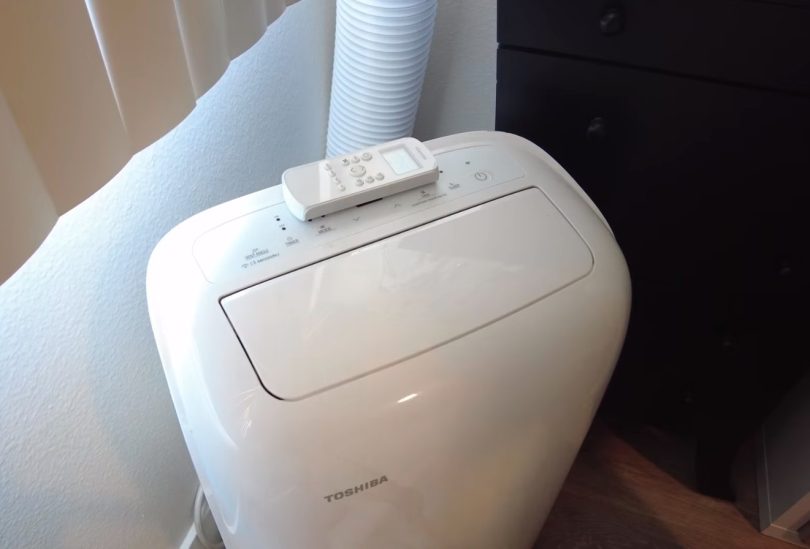Introduction:
Toshiba’s Portable Air Conditioning Units cater to spaces ranging from 150 to 450 square feet, providing efficient cooling and dehumidifying capabilities through simple remote commands. However, understanding the necessity and process of draining excess water from your Toshiba air conditioner ensures optimal functionality. Below, we explore the significance of drainage and provide step-by-step instructions for effective water removal.
Do I Need to Drain My Toshiba Portable Air Conditioner?
Toshiba portable air conditioners feature an automatic drainage system, eliminating the need for frequent manual intervention. Typically, the unit drains excess moisture through its drain hose once the water level in the buildup skillet reaches a specific threshold. However, certain modes like dehumidification and warming may necessitate manual draining. To facilitate proper drainage, positioning the unit near a suitable drainage point is crucial.
How Often Should I Drain My Toshiba Portable AC?
Routine drainage is recommended every 6 to 8 hours of operation to prevent water buildup. However, individual usage patterns may vary, necessitating more frequent drainage. Some users find that draining every few weeks suffices for their Toshiba portable air conditioners.
Manual Drainage Procedure for Toshiba Portable AC Units
It’s essential to adhere to proper safety protocols when draining your Toshiba portable air conditioner. Before initiating the drainage process, ensure the device is turned off to mitigate any risk of electric shock. Here’s a simple step-by-step guide for manual drainage:
1. Insert the drain hose after removing the drain plug located at the back of the unit.
2. Connect the drain hose securely to the drain opening, ensuring a tight seal.
3. Position the drain hose near a suitable drainage point to facilitate smooth water flow.
4. Regularly inspect the drain hose for any signs of damage or blockages, replacing it if necessary to maintain optimal functionality.
Common Issues and Troubleshooting
Several factors may contribute to rapid water accumulation in Toshiba portable air conditioners:
1. Initial Setup:
During colder months or periods of inactivity, humidity buildup within the unit may occur. Consider covering the unit to minimize moisture accumulation.
2. Accumulation of Debris:
Dirt and debris may accumulate within the unit’s drainage system over time, impeding water flow. Regular cleaning and maintenance of the drain components are essential to prevent blockages.
3. Float Malfunction:
Floats within the drainage system act as indicators for water levels. Damaged floats can disrupt the draining process, necessitating repairs or replacements.
Resetting Your Toshiba Air Conditioner
In case of operational issues, a reset may help restore functionality:
1. Locate the RESET button on the unit, as indicated in the owner’s manual.
2. Press and hold the RESET button for three seconds until the unit emits a beep.
3. Wait for five seconds before testing the unit to check if the issues persist.
Consequences of Inadequate Drainage
Failure to drain excess water from the unit can lead to the formation of sludge and mold, compromising air quality and unit performance. Regular drainage prevents the accumulation of these substances, ensuring optimal functionality and longevity of your Toshiba portable air conditioner.
Conclusion:
while Toshiba portable air conditioners boast automated drainage systems, occasional manual drainage may be necessary for specific modes and maintenance purposes. Adhering to proper drainage procedures and addressing any issues promptly ensures efficient operation and prolongs the lifespan of your unit.
Disclosure: We may get commissions for purchases made through links in this post.








